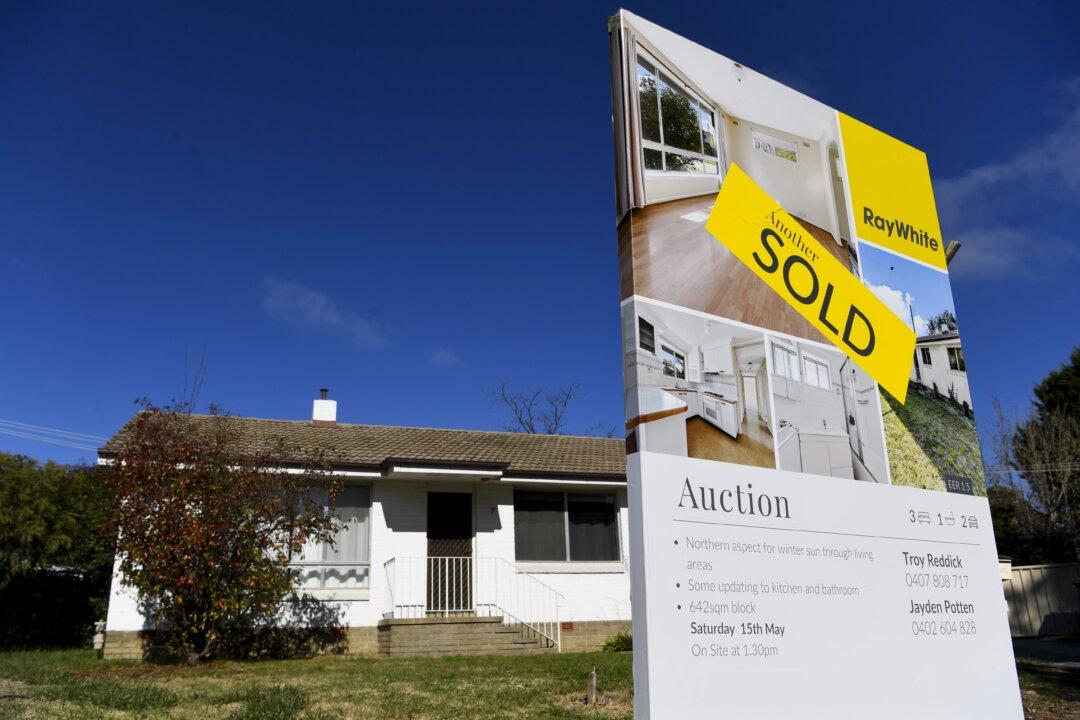Commentary
You have to wonder whether Australia’s federal and state Labor governments are trying to drive private landlords out of the residential market.

You have to wonder whether Australia’s federal and state Labor governments are trying to drive private landlords out of the residential market.